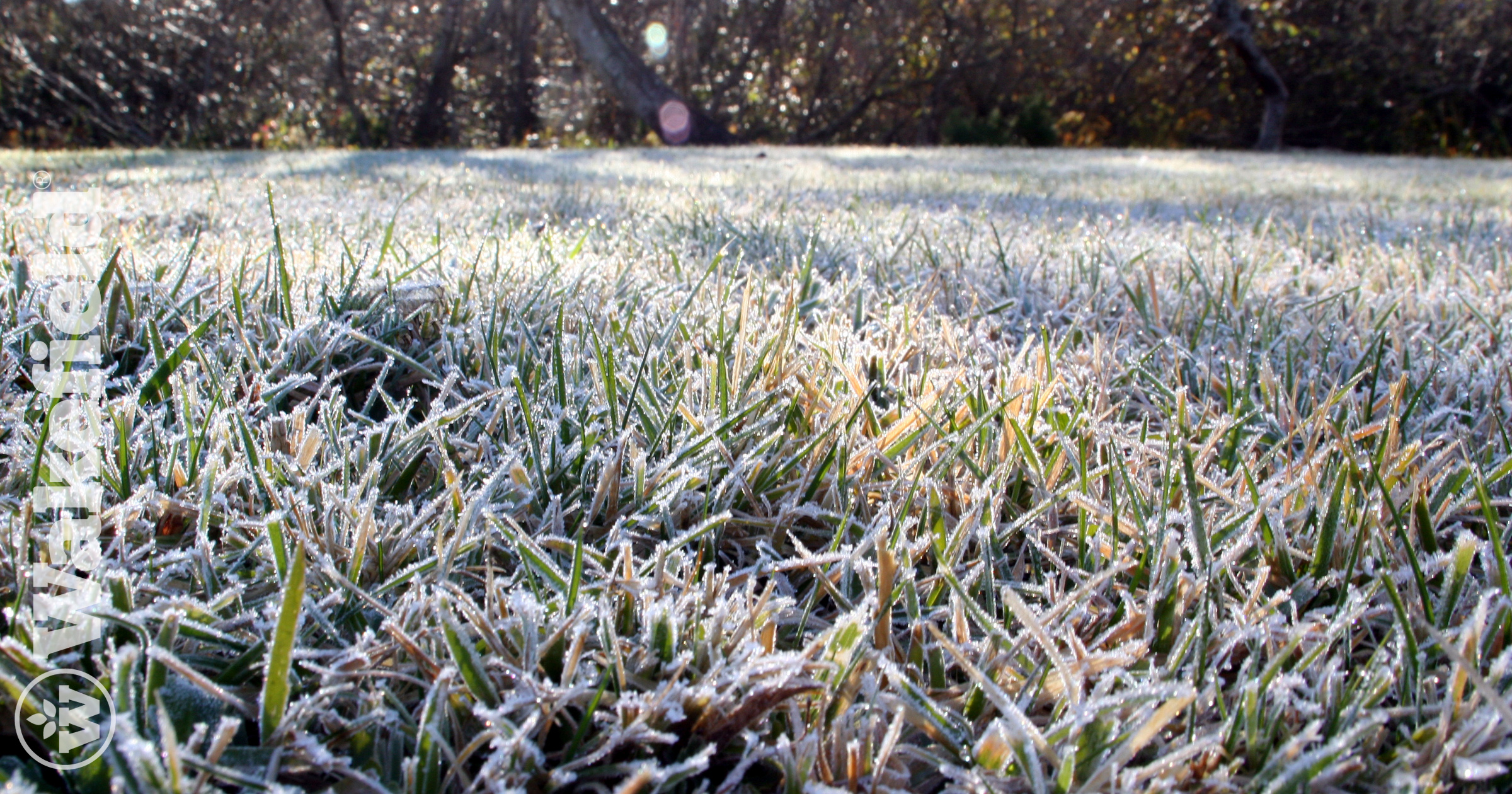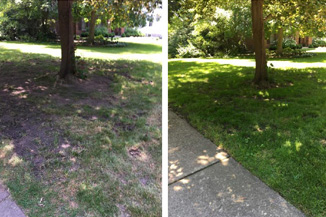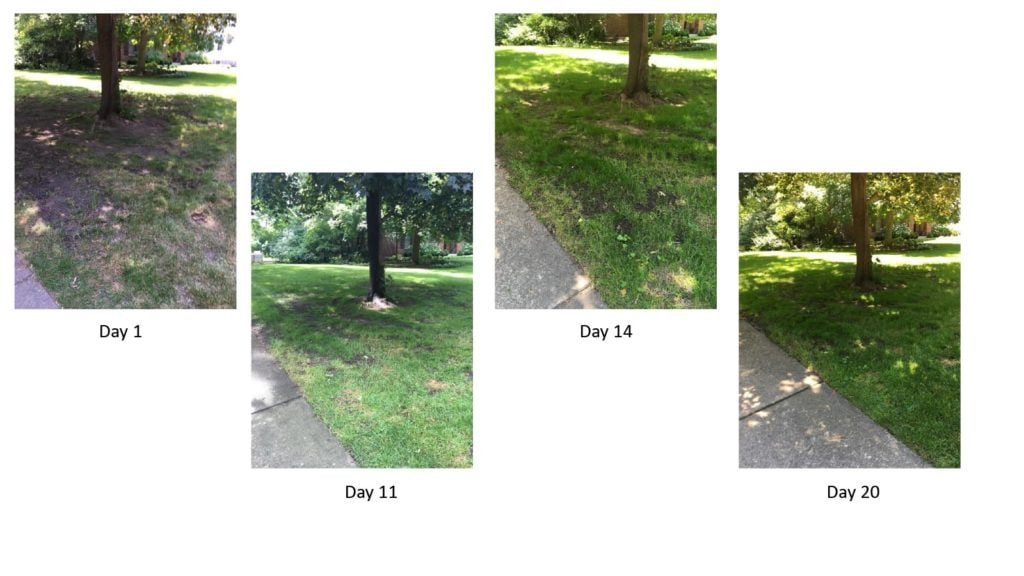Use Biochar To Minimize Salt Damage Over The Winter

The use of a low ash biochar can aid in the prevention of salt damage caused over Winter months during the application of de-icing agents to roadways and sidewalks. These de-icing agents can accumulate in the adjacent soil and have a negative impact of the plant’s growth during the Spring warmup. Wakefield Biochar has a high surface area that will bind the de-icing salts.(1,2) The high surface area of the biochar generates a large distribution of micro or mesopores. The greater the number of micropores, the greater the surface area of the biochar and the more surface sites upon which salts can adsorb.(2) Biochar amended soils have commonly been shown to increase plant growth and alleviate plant stress due to drought and the negative impact of toxic metals in the soil. The University of Toronto showed that biochar can alleviate the stress on plants caused by road salt. This study showed that the plants in biochar-amended soil grew at similar rates to plants that were not impacted by road salt.(3)

Application of biochar can be done in multiple ways. For example, when dealing with turf, the biochar can spread over the surface of the turf (top dressing). Wakefield Biochar recommends 1-cubic foot of biochar for every 375 to 400 sq feet of grass. It is always a good idea to mix the biochar with compost or a fertilizer. The compost could be a 50/50 blend and the fertilizer should be blended at the manufacturer’s recommended rate for their product.
Biochar Application Process For Salt Damage
A possible application process could be:
- Core aerate the area prior to application of the biochar
- Blend biochar with compost at a 50/50 (v/v). Ideally, allow to charge for at least a few days
- Top dress the biochar/compost blend at a rate for 1 cubic foot of biochar per 375 to 400 square feet
- Rake in areas that have heavy spots of biochar
- Water after application
If possible, tilling the biochar into the soil will help get the benefits of the biochar deeper into the root zone. Wakefield Biochar recommends that the biochar is mixed at a 10% (by volume) 4 to 6 inches deep into the soil. As with top dressing, it is helpful to mix the biochar with a compost or fertilizer prior to tilling it into the soil.
Don’t worry if you can’t apply the biochar in the Fall. Biochar is stable and will not decompose for hundreds to thousands of years. You can apply biochar any time of the year and the positive effects will be seen in the Spring!
In Figure 1, the soil adjacent to this driveway was in poor health with years of neglect. This impact of biochar was noticeable after a few weeks.

Figure 1
- Biochar: A Home Gardener’s Primer, Washington State University Extension Fact Sheet – FS147E, 2014
- Sizmur, T., et al. Biochar modification to enhance sorption of inorganics from water. Bioresour. Technol. (2017), http://dx.doi.org/10.1016/j.biortech.2017.07.082
- Biochar mitigates negative effects of salt additions on two herbaceous plant species. Sean C. Thomas, Susan Frye, Nigel Gale, Matthew Garmon, Rebecca Launchbury, Natasha Machado, Sarah Melamed, Jessica Murray, Alexandre Petroff, Caroyln Winsborough, University of Toronto, May 23, 2013, Journal of Environmental Management





